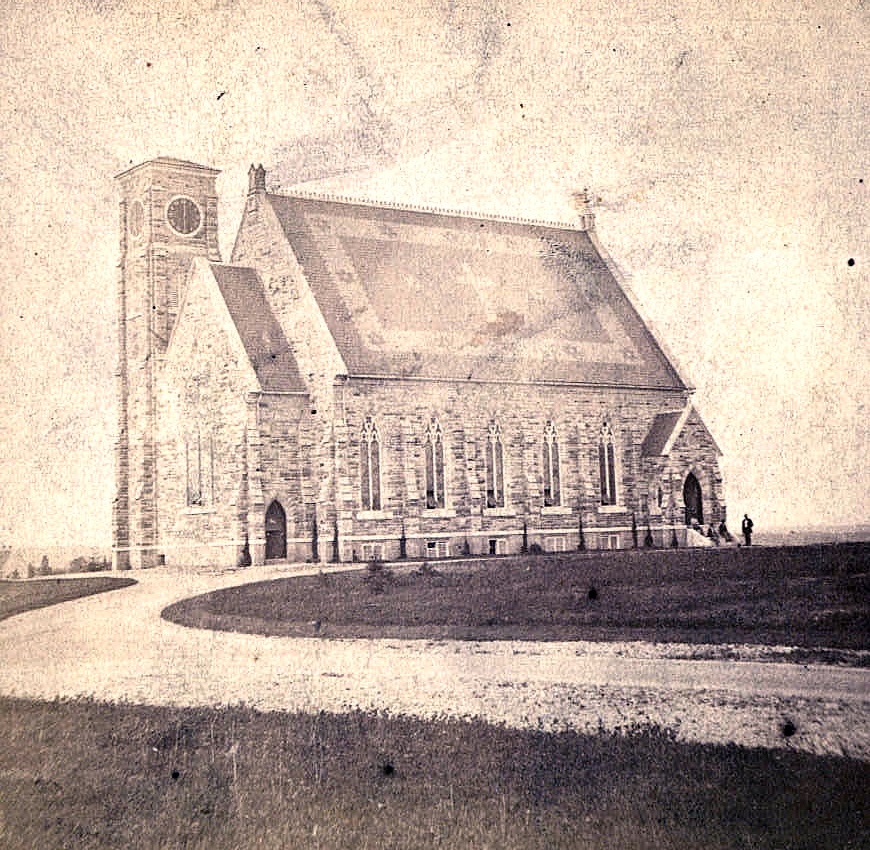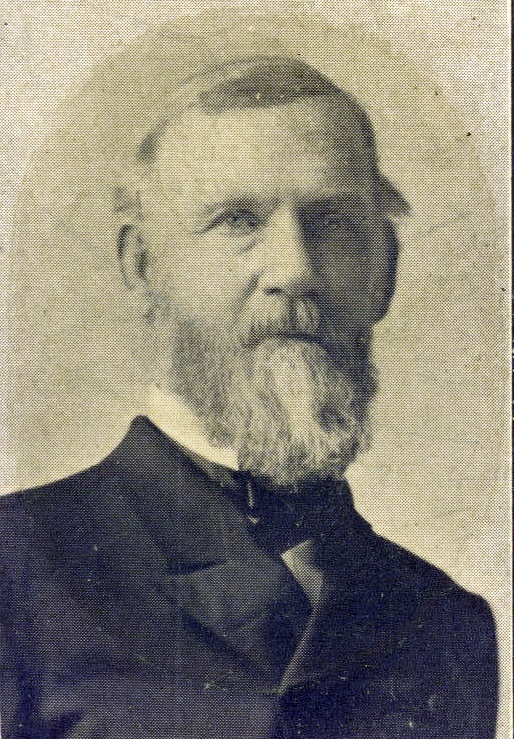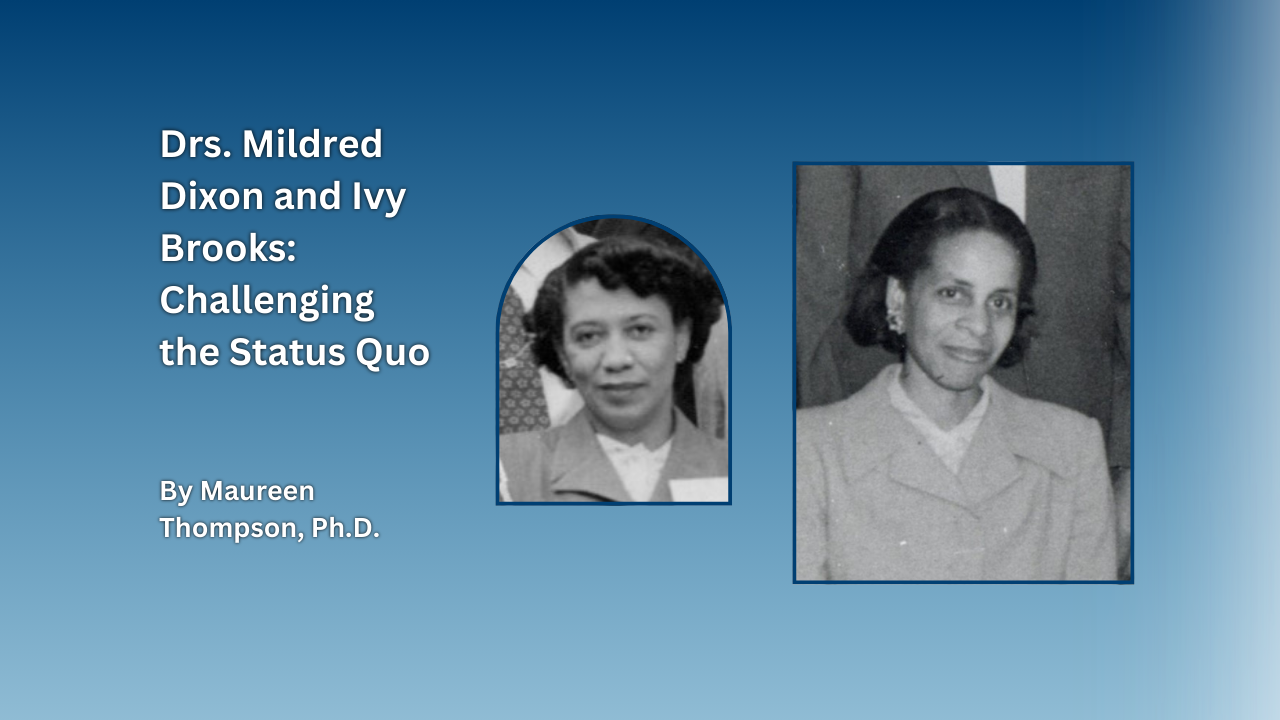While renovations to the buildings that will become the permanent home of the National VA History Center await completion, the collecting of VA’s important historical records and artifacts has already begun. The building on the Dayton VA Medical Center campus that is serving as a temporary home to the History Center was originally a residence hall that housed primarily Civil War Veterans during the early decades of the 20th century. Like most aspects of the National Home for Disabled Volunteer Soldiers, commonly referred to as Soldiers Homes during those early years, the quarters were organized much like an army barracks, and the interior rooms were large open spaces outfitted with rows of beds, and each floor accommodated about 40 men.1
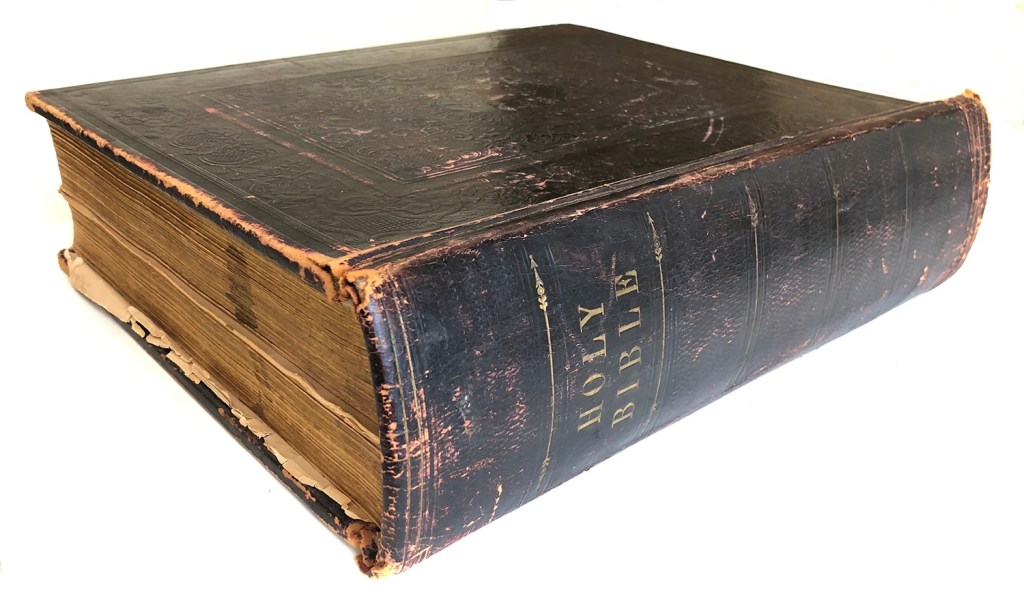

Today, these large rooms are where VA History Center staff receive, process, and house the many documents, images, media, and objects that tell the history of the Department of Veterans Affairs and its forerunner organizations. When the time came to place the first artifact into the newly established collections room, the staff knew that it should be something that represented the rich history of VA and the pioneering spirit of those people attempting to create a government organization for war Veterans on a scale that had never been attempted before.
Because the Dayton VA Medical Center’s historic archives and artifacts were the first items to be moved into the new History Center, it was an easy decision to select an artifact from that collection for the honor. The item chosen was the pulpit bible from the first church built in the Soldiers Home system, appropriately named “Home Chapel.” The bible was officially placed into the National VA History Center’s collection by the current Director of the Dayton VA Medical Center, Mark Murdock, and VA’s Chief Historian Michael Visconage.
Home Chapel was constructed from quarried limestone onsite by the first Veteran residents to live at the Dayton Soldiers Home; the cornerstone was laid in 1868 and the building was dedicated in 1870. Today it is known as the Protestant Chapel, to distinguish it from the Catholic Chapel that also resides on campus.
The first chaplain at the Dayton Soldiers Home was Rev. William Earnshaw, a Civil War Veteran who ministered to the Union troops during the war while serving under Gen. George H. Thompson.2 Rev. Earnshaw was passionate in his service to his fellow Veterans, and functioned not only as chaplain, but also as the Home’s librarian, a leader of the Home’s temperance organizations, the president of the Monumental and Historical Society, and Commander-in-Chief of the Veterans organization The Grand Army of the Republic, in 1879-80.345 He continued to serve as Chaplain at the Soldiers Home until his death in 1885.
The age of this bible would place it in Home Chapel during the time of Chaplain Earnshaw’s tenure, and it is likely that he used it in his sermons to the thousands of Veterans who worshipped in the chapel through the years. Telltale color changes to the pages due to light exposure, and cracking along the binding in a certain section of the bible suggests that the bible was frequently opened to the Book of Job, chapters 31 – 33. The title stamped onto the cover reads “National Military Home” and the inside title page mentions that it was published in 1861 by the New York American Bible Society.
While the bible was the first object placed into the collection, it will be joined by countless others that will help tell the VA story.
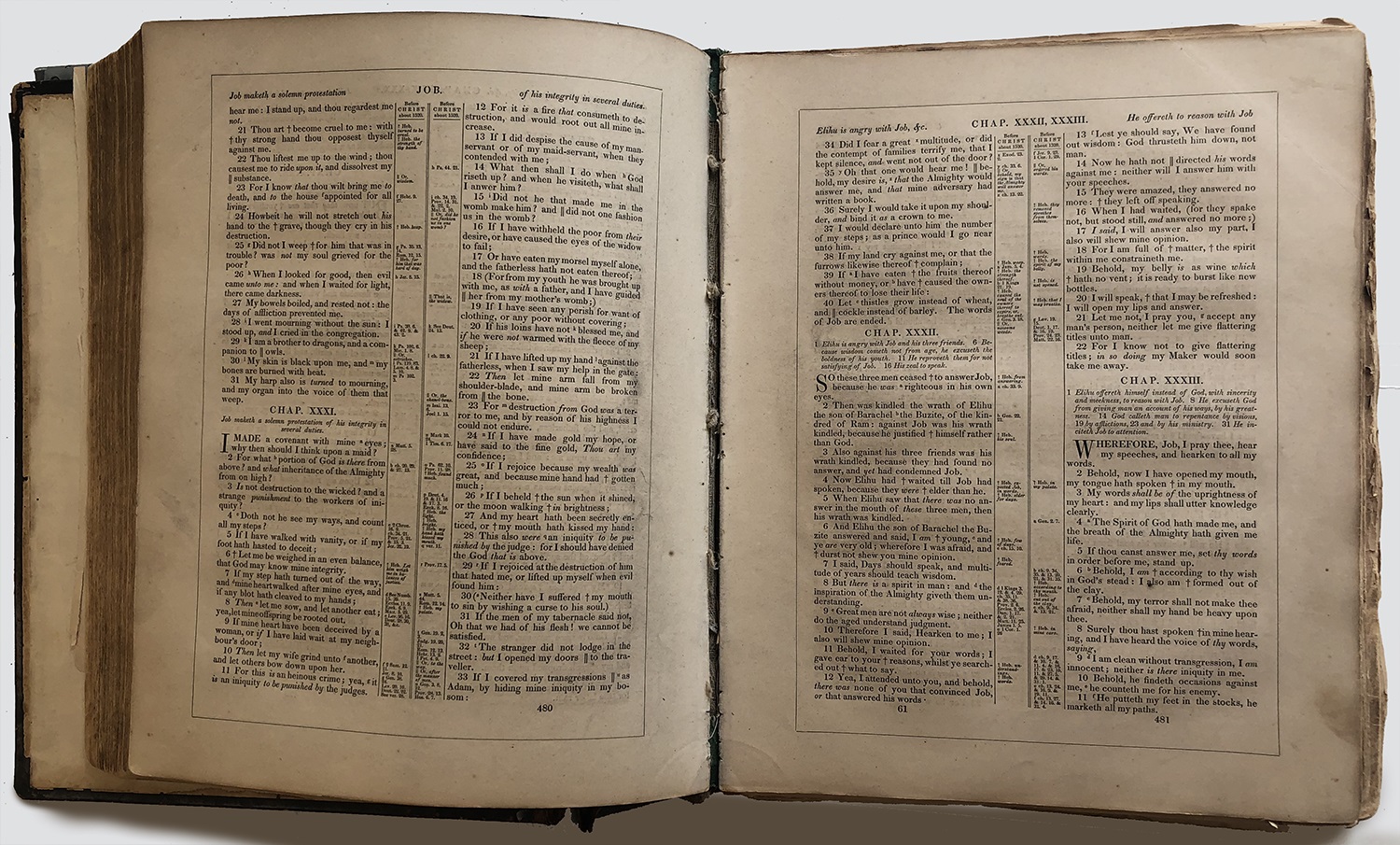 Section of the bible (Book of Job, Chapters 31-33) that appears frequently referenced. (NVAHC)
Section of the bible (Book of Job, Chapters 31-33) that appears frequently referenced. (NVAHC)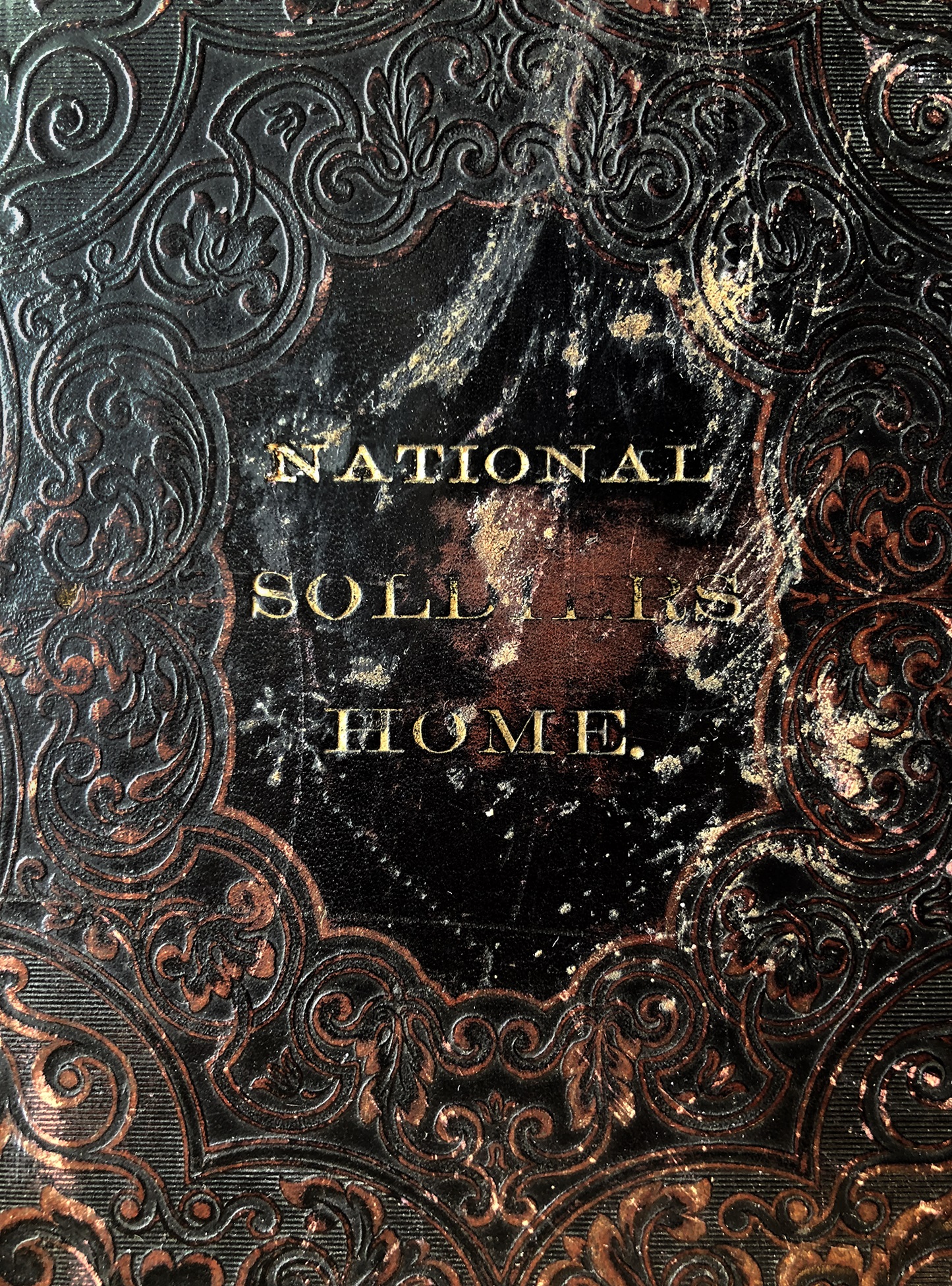 Close-up image of the title stamp on the cover of the bible, identifying it as belonging to the National Soldiers Home. (NVAHC)
Close-up image of the title stamp on the cover of the bible, identifying it as belonging to the National Soldiers Home. (NVAHC)
Footnotes
- History of the National Home for Disabled Volunteer Soldiers: With a Complete Guide-book to the Central Home at Dayton, Ohio; by J.C. Gobrecht, 1875; p. 98. ↩︎
- History of the National Home for Disabled Volunteer Soldiers: With a Complete Guide-book to the Central Home at Dayton, Ohio; by J.C. Gobrecht, 1875; p. 236. ↩︎
- History of the National Home for Disabled Volunteer Soldiers: With a Complete Guide-book to the Central Home at Dayton, Ohio; by J.C. Gobrecht, 1875; p. 67, 147,129. ↩︎
- The story of the Chaplaincy, Veterans Administration Center, Dayton, Ohio, October 10, 1950.. Dayton History Books Online. ↩︎
- Records of Members of the Grand Army of the Republic, by William H. Ward, 1886, p. 11. ↩︎
By Tessa Kallman
National VA History Center Associate Curator
Share this story
Related Stories
Featured Stories
During the late evening, early hours of April 23-24, 1865, the Black Diamond, a ship on the Potomac River searching for President Abraham Lincoln's assassin John Wilkes Booth collided with another ship, the USS Massachusetts. The incident was a terrible accident during the frantic mission to locate the fleeing Booth before he escaped into Virginia. Unfortunately many lives were lost, including four civilians who had been summoned from a local fire department by the Army. For their assistance during this military operation, all four were buried in the Alexandria National Cemetery, some of the few civilians to receive that honor.
Featured Stories
In the mid-twentieth century, the lives of Dr. Ivy Brooks and Mildred Dixon, two trailblazing Black women physicians, converged at the Tuskegee, Alabama, VA Medical Center. Doctor's Ivy Roach Brooks and Mildred Kelly Dixon shared much in common. Both women were born in 1916 in the northeastern United States and received training in East Orange, New Jersey. They both launched careers in alternate medical professions before entering the fields of radiology and podiatry, respectively. Pioneering many “firsts” throughout their professional lives, both women faced and overcame the rampant racism and sexism of the era.
Featured Stories
After the United States entered World War I in 1917, American Expeditionary Force commander General John J. Pershing requested the recruitment of women telephone operators that were bi-lingual in English and French. Eventually 233 were selected out of over 10,000 applicants, and they served honorably through the war, earning the nickname of 'Hello Girls.'
However, their employment was not officially recognized as military service and therefore were neither honorably discharged, or eligible for the benefits other returning Veterans would receive. This kicked off a 60-year fight for 'Hello Girls' to receive legal Veteran status.


